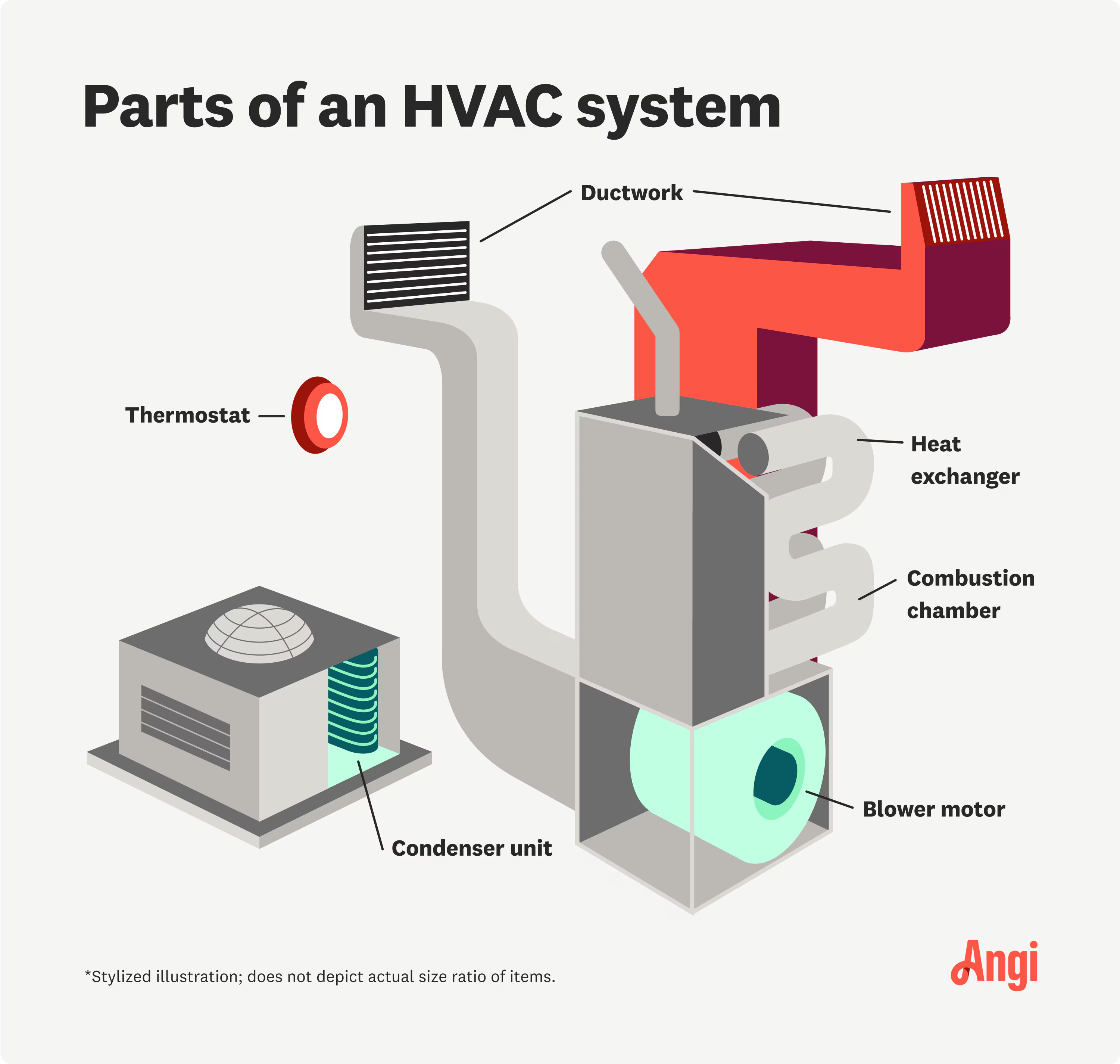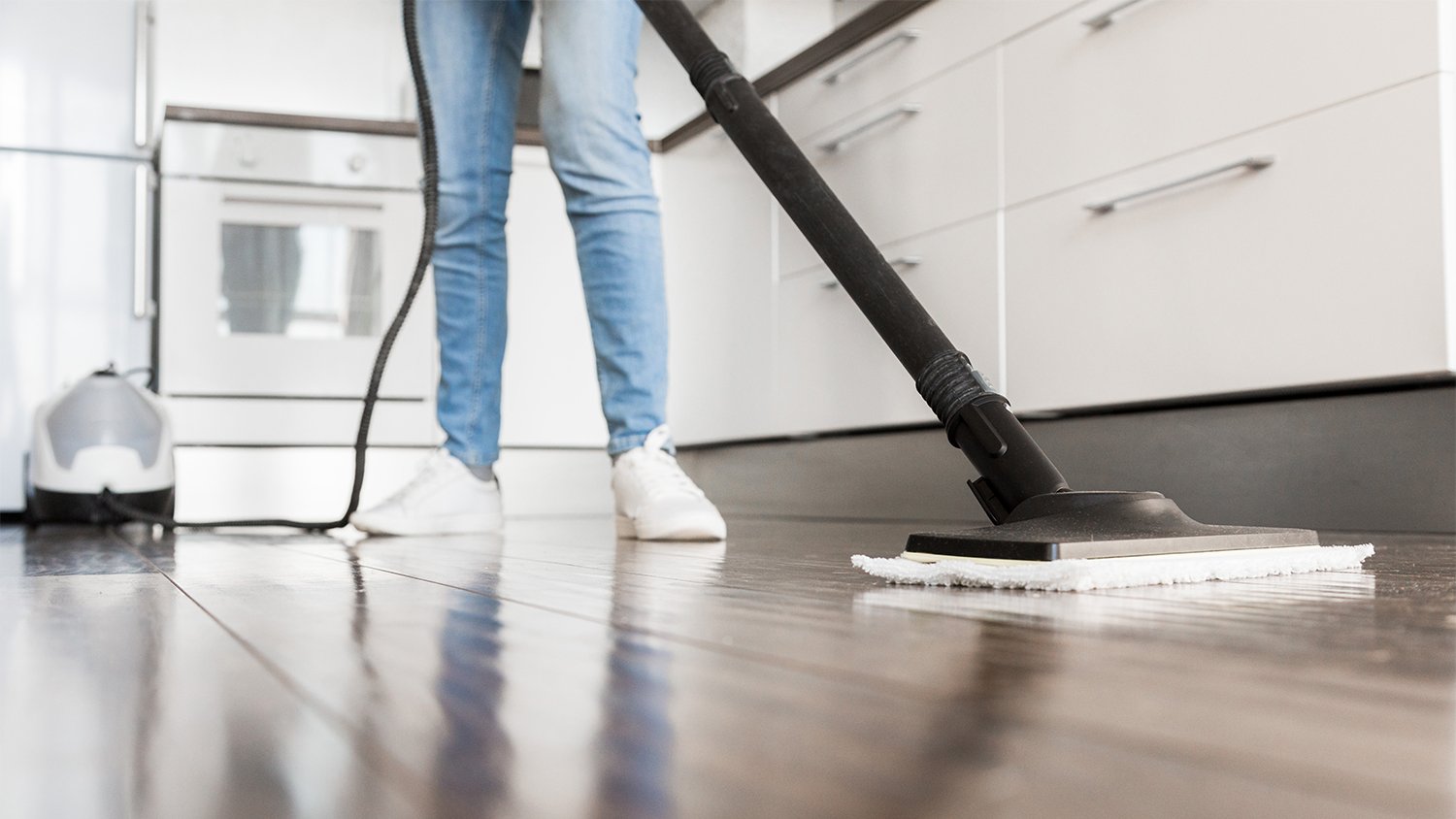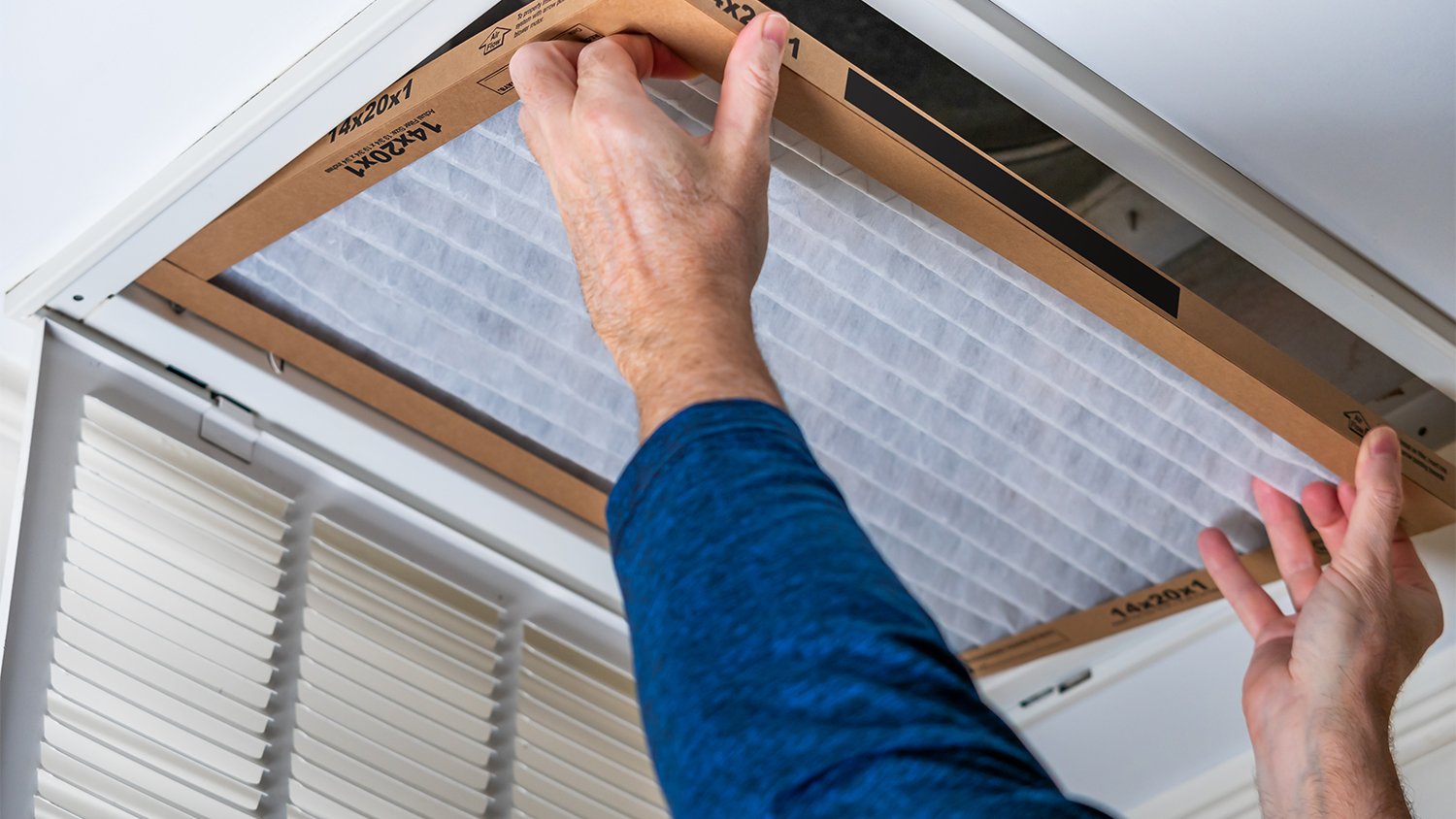
What you’ll pay in Columbus, OH, for furnace repairs depends on many factors. Here’s a breakdown of what can go wrong and the cost to fix those issues.
Bust the dust when remodeling your home


Home remodeling projects are exciting and sometimes long overdue endeavors. Whether you’re changing out the cabinets in your kitchen, replacing your flooring, or adding built-in shelves in your bathroom, you’re ready to be out with the old and in with the new. Unfortunately, there’s one constant among reno projects—dust—and you’ll want to consider how it’ll affect your HVAC system.
In this guide, we’ll share some tips to protect your HVAC system during construction so that you don’t end up with another repair bill once the dust settles.
Consult with a local remodeling contractor to create a protection plan for your HVAC unit while remodeling. Discuss your concerns with the contractor and ask them if there’s anything they do or use to minimize and contain dust.
If dust control isn’t in their typical process, but they’re willing to implement it, work with them to strategize a solution—e.g., installing a temporary plastic barrier to separate rooms, or using power tools with dust control attachments.
Also, contact an HVAC pro to see if your specific system would be affected by the reno process and if you’ll need to replace or repair anything afterwards. If you have a closed baseboard heating system, for example, you should be in the clear without preparation.

Dust doesn’t belong in a lot of places—like your HVAC system. So, to keep dust particles out when your contractor is working on your dream remodeling project, close your vents and keep them covered with a plastic drop cloth. For added protection, you can use painter’s tape to affix the plastic over the vent. By covering them, you’ll keep unwanted particles out of the ducts in the area being remodeled.
However, it’s important to note that closing your vents while your system is on can place strain on your HVAC unit, which can potentially shorten its lifespan. If you do go this route, consider the following:
Shut your HVAC system off during construction if it’s safe to do so
Turn off the zone that contains the vents that are covered
Only cover the vents that are in danger of accumulating dust
While not all remodeling projects require cutting, sanding, and measuring, some do. And for those that need some construction work, limit dust particles inside your home. To keep your HVAC system protected from premature failure, ask your pro if they can keep the dust inside to a minimum and take the dusty work outside.
You may pay a bit extra if this means the job will take significantly longer, but the additional investment could be lower than repairs you’d otherwise need for your HVAC system.
We get it; sometimes you need to measure and cut that drywall inside, whether that’s because the weather isn’t favorable or your construction project is on the second floor, and heading back downstairs for every cut would be time-consuming. So, when you can’t take the construction outside or you’re not comfortable covering your vents while it’s still on, turn your system off.
Dust particles can likely still get inside your HVAC system when it’s off, but shutting it minimizes the dust that’s actually circulating throughout your system. Combined with laying plastic over the vents, this strategy should minimize the problem.


Covering your vents and switching off your heating and cooling unit during remodeling are effective ways to protect your system during construction. But what about in between sessions? Most remodeling projects aren’t a one-day job; they can last for a few.
Since keeping your system off for days isn’t realistic, you’ll need to clean the area while remodeling to control the dust and prevent build-up.
Here are a few ways you can clean daily to keep the dust under wraps:
Vacuum
Dust
Wipe down surfaces
Sweep
Open windows while cleaning

While you’re trying to keep dust particles to an all-time low while remodeling, you’ll likely miss some of the mess. The dust you miss can make a home in your air filter and clog it. When your air filter is clogged up, it can lead to low air quality and poor energy efficiency, as well as undue strain on your system when you turn it back on. So check your air filter—during or after the project—and clean or change it once the final piece of the job is completed. If you find they are particularly dirty, you can call a local duct cleaning specialist to give them a thorough cleaning.
Another way you can keep reducing the dust in your home from remodeling is by using dust control methods. These include the following:
Use plastic sheeting to isolate the area of your home that you’re remodeling
Use a vacuum with a HEPA filter to trap dust
Use power tools such as sanders and table saws with dust control designs or dust collection attachments that minimize dust
Remove or cover furniture to keep dust from embedding into it
Use sticky mats to minimize dust transfer from room to room
Some methods would need to be implemented or used by your pro, but it’s always worth discussing this with them during the planning stage.
Air purifiers will filter pollutants out of the air that passes through it, including substantial particles, like drywall dust or sawdust. Though, according to the Environmental Protection Agency (EPA), they only reduce indoor air pollutants—not remove all of it.
However, when your HVAC system is pulling air from your room to control its temperature, it won’t pull air saturated with dust particles if you use an air purifier.
If you want lasting protection for your system, you could even call a duct installer near you to install an in-line air purifier. This will be an expensive but highly effective option for removing construction dust and all other debris going forward.
Your local home remodeling professional will have a variety of tools available for every job, and using the right one for dust reduction can make a world of difference. For example, using a manual jab saw to cut small sections of drywall will create a fraction of the dust that an electric reciprocating saw would generate.
Whenever possible, ask your contractor to use manual tools. This won’t always be a viable option, and be mindful of how much longer certain jobs can take using manual tools. Your labor costs could go up as a result, but it might be worth it to save yourself from the cost of HVAC repair.
Even with the above solutions, renovation projects can take a toll on your HVAC system. Once everything’s done, and the dust has settled, contact an HVAC service to service your unit. They’ll check your entire system to see if everything’s running correctly or if there’s something that’ll need your attention.
They should also replace your filters for you, and they should be able to clean out your ducts if you ask for that service.
I had Ace Fireplace Services install custom chimney caps for my home, and the results are stunning. They fit like a glove and have added a touch of sophistication to my chimney. I can't recommend their services enough.
Very professional. Explained what they were doing and what we need to do to keep system running well. Will use them again for plumbing and HVAC services
they sent a Heating Tech, Donnie to check out our furnace. He was courteous and very knowledgeable and very skilled in his trade. He thoroughly checked every aspect of my heating system and gave me suggestions to keep things working properly. He told me that the filters were still good and...
We originally just had a problem with the a/c, but the owner came out and said with all the rebates we could get a really good package plan for both the heating and cooling units. It came in and the job was completed way before the promised time.
Everything was great. They installed a new motor on a Wednesday and it heated ok for a day, which they did not charge me for. They came back out on Saturday and said that it was admitting Co2. They had to shut it down for safety. They made an appointment to come out Sunday. They made an...
I contacted AIRTRON because my a/c was not blowing cold air. I suspected it needed freon and expressed this to the (very nice) woman who answered the phone. I asked if I would get a PRE-call before the tech arrived and was assured I would. Waited all day then called to make sure the tech was...
They were on time, polite, professional. I thought they were a bit expensive as the cost did not include the heater.
From average costs to expert advice, get all the answers you need to get your job done.

What you’ll pay in Columbus, OH, for furnace repairs depends on many factors. Here’s a breakdown of what can go wrong and the cost to fix those issues.

Discover the primary whole-house air filtration system cost factors when installing one in your home to help remove airborne contaminants and allergens.

Getting AC and furnace replacement done at the same time can lead to huge benefits for your wallet and your home. Here’s everything you need to know.

If you’re thinking about an alternative to a traditional HVAC system, you may want to consider a heat pump. Read on for more about heat pump systems.

Do you have a clogged AC drain line? We dig into the reasons behind those pesky blockages and how to clear them for optimal AC performance.

Don't get left out in the cold. These warning signs can help you determine whether you need to replace your heating system to keep you cozy all season long.